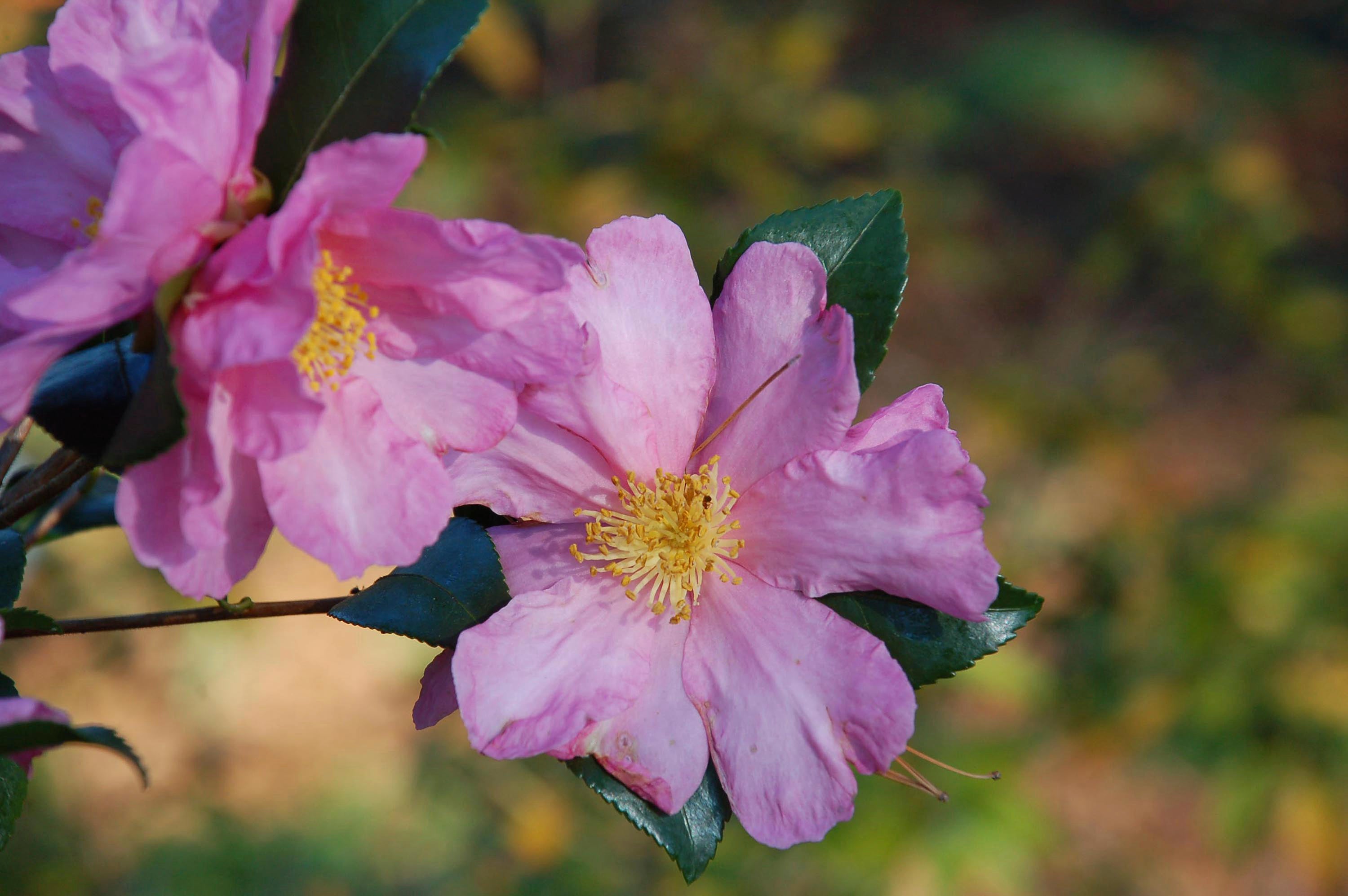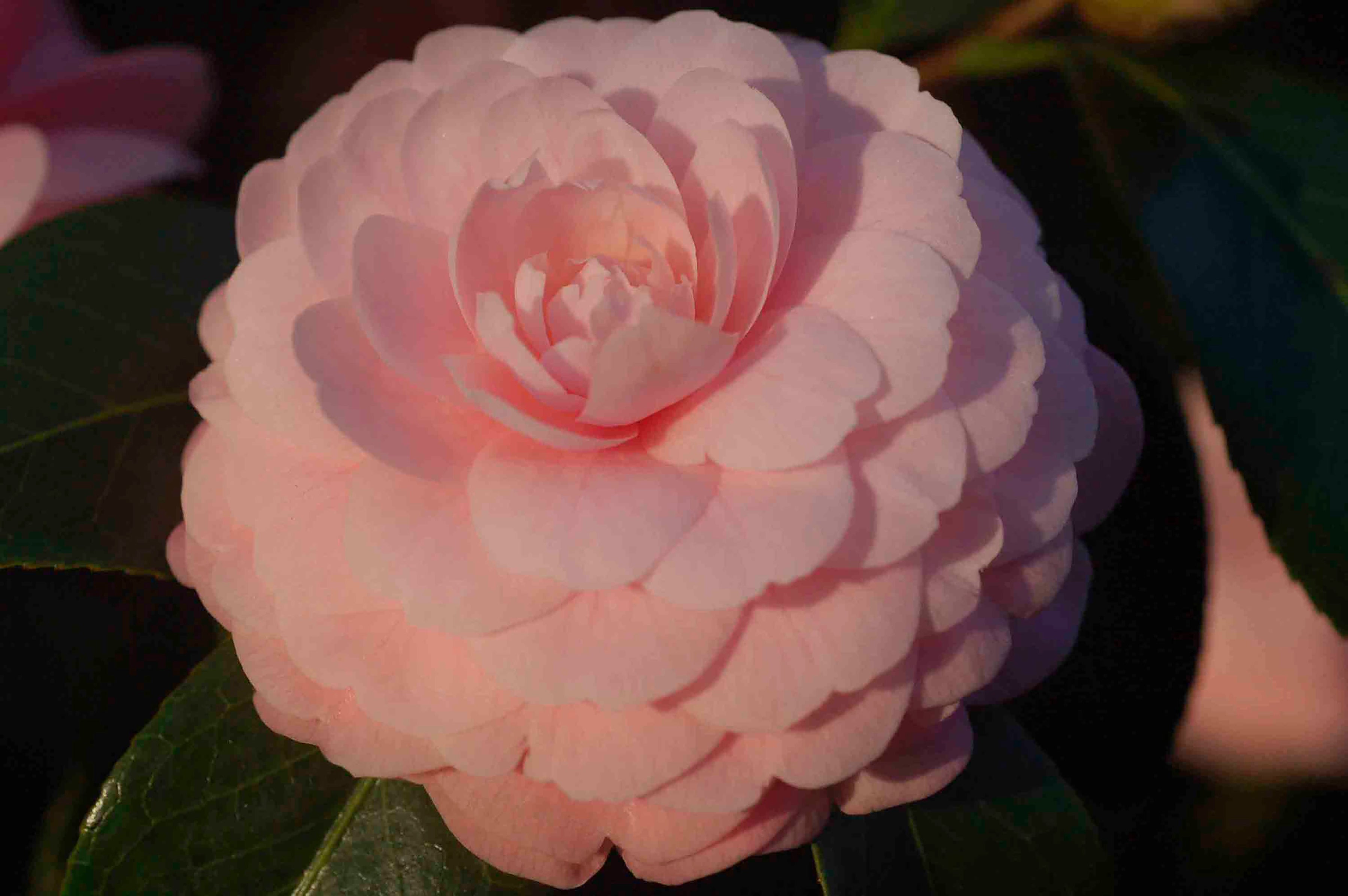The ‘queen of the winter flower’ are easier to grow than you think
Camellias are called the queens of winter flowers

Your support helps us to tell the story
From reproductive rights to climate change to Big Tech, The Independent is on the ground when the story is developing. Whether it's investigating the financials of Elon Musk's pro-Trump PAC or producing our latest documentary, 'The A Word', which shines a light on the American women fighting for reproductive rights, we know how important it is to parse out the facts from the messaging.
At such a critical moment in US history, we need reporters on the ground. Your donation allows us to keep sending journalists to speak to both sides of the story.
The Independent is trusted by Americans across the entire political spectrum. And unlike many other quality news outlets, we choose not to lock Americans out of our reporting and analysis with paywalls. We believe quality journalism should be available to everyone, paid for by those who can afford it.
Your support makes all the difference.Camellias, known as “the queens of the winter flowers,” have for some reason been saddled with an unfair reputation as being difficult.
Yes, they are susceptible to fungal diseases and scale insect infestations, but so are many other plants. And it’s true they don’t like salt spray or abrupt changes in temperature or irrigation, but neither do I.
Far from being divas, these long-blooming, fragrant shrubs in the tea family have few requirements: They should be planted in rich, fertile, well-draining soil that’s kept moist but never soggy, and fed once a year, right after blooming, with a fertilizer formulated for acid-loving plants.
Top-dressing with an inch or so of compost every year will provide a beneficial boost of nutrients, but gardeners should refrain from over-fertilizing or planting them under large trees that might outcompete them for resources.
Major pruning isn’t usually necessary but, if warranted, should be done immediately after flowering. Remove old, dead stems and branches that may interfere with bud formation, and trim to control the shrub’s size and shape, if desired.

Camellias are also deer-resistant, which is only to say they aren’t on the animal’s list of preferred foods. But, as folks gardening in deer country know, a hungry deer (like a hungry Jessica) will probably eat anything.
The two most common species of Camellia, the state flower of Alabama, are japonica and sasanqua. Both are evergreen Asian natives that can be planted alone as specimens, in rows along foundations, in shrub borders or as informal hedges.
Camellia japonica is an early spring bloomer with a densely branched, pyramidical shape that grows to between 6 and 12 feet tall and 5 and 10 feet wide. The species includes types with white, pink, red, yellow and lavender flowers.
Its cousin, Camellia sasanqua, is an autumn bloomer that will brighten the garden at the beginning of winter with single, semi-double or double pink or white flowers. It can handle more sun than japonica (as long as the soil is kept moist), and has fewer pest and disease concerns, but it is not immune.
Both species require slightly acidic soil with a pH level between 6.0 and 6.5. Test your soil before planting and amend if necessary by incorporating peat moss or elemental sulfur to lower the pH, or dolomitic lime to raise it. Follow package instructions for dosing.
Growing Camellias outside their target pH range can lead to iron deficiencies and yellow foliage.
In all, there are thousands of varieties and cultivars to choose from. Most are hardy in USDA zones 7-9, but in recent years, breeders have developed hybrids that can withstand warmer or colder temperatures than the standards.
“Polar Ice,” “Snow Flurry” and Winter’s Charm,” for instance, can be grown successfully in Zone 6, while “Yuletide” and “Pink Perfection” are two that can handle the tropical heat of Zone 10.
Be sure to select varieties that will thrive in your climate; plant tags and catalog descriptions should provide details about their ideal growing conditions, including the lowest and highest temperatures each can withstand.
—-
Jessica Damiano writes the award-winning Weekly Dirt Newsletter and regular gardening columns for The AP. Sign up here to get weekly gardening tips and advice delivered to your inbox.